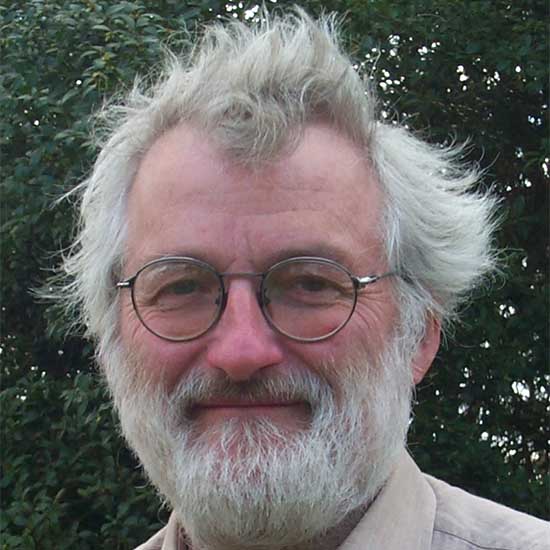John Sulston was a chemist and biologist. In 1969, he joined the group of Sydney Brenner FRS at the MRC Laboratory of Molecular Biology, to study the nematode worm Caenorhabditis elegans. With Bob Horvitz ForMemRS and others he was able to follow the cell lineage of the nematode as it develops. This opened the way to detailed analysis of organ development, and to a genetic understanding of programmed cell death. For this work, Sydney, Bob and John received the 2002 Nobel Prize in Physiology or Medicine.
From 1983, John and Bob Waterston, with their respective groups, undertook the mapping and then sequencing of the genome of C. elegans, and in 1992 they were drawn into the Human Genome Project. The United Kingdom’s part of this enterprise was based at the Sanger Centre, now known as the Wellcome Trust Sanger Institute, which John directed from 1992 to 2000. Their espousal of free data release has been influential in promoting open access to genetic information.
Sir John Sulston CH FMedSci FRS died on 6 March 2018.
Biographical Memoir
Awards
-
Darwin Medal
In recognition of his leadership in the study of genome analysis with the potential to have a profound impact on the whole of biology.
-
Nobel Prize in Physiology or Medicine
Jointly with Sydney Brenner and H. Robert Horvitz for their discoveries concerning genetic regulation of organ development and programmed cell death.
-
Dan David Prize
In the field of life sciences.

